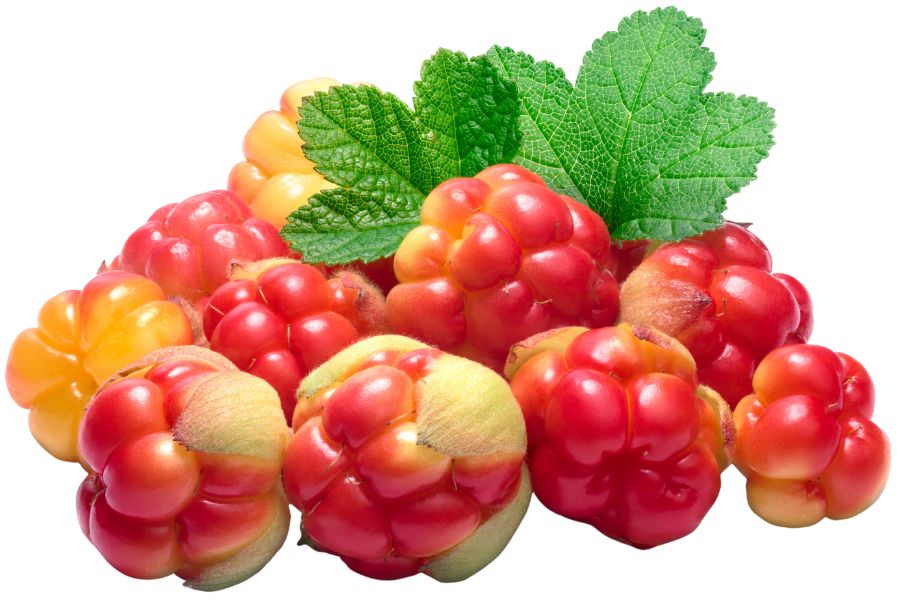Alaska holds more than stunning views and wild game. It’s also home to some of the most valuable forageable plants in North America. From meaty chanterelles hiding in spruce forests to fireweed shoots that can be pickled or sautéed, these wild foods offer more than just novelty.
These plants aren’t just edible, they’re genuinely useful in the kitchen, especially for those who value seasonal ingredients with real depth. Alpine sweetvetch has long been gathered for its nutrient-rich roots, while lowbush cranberries pack a tartness that balances sweet or savory dishes.
If you know where to look, these finds can become staples instead of side notes.
There’s far more growing across Alaska’s forests, bogs, and coastline than most people realize. A little knowledge can turn a short walk into a basket full of varied, flavorful wild foods. And once you know what’s out there, it’s hard to stop at just a few favorites.
What We Cover In This Article:
- What Makes Foreageables Valuable
- Foraging Mistakes That Cost You Big Bucks
- The Most Valuable Forageables in the State
- Where to Find Valuable Forageables in the State
- When to Forage for Maximum Value
- The extensive local experience and understanding of our team
- Input from multiple local foragers and foraging groups
- The accessibility of the various locations
- Safety and potential hazards when collecting
- Private and public locations
- A desire to include locations for both experienced foragers and those who are just starting out
Using these weights we think we’ve put together the best list out there for just about any forager to be successful!
A Quick Reminder
Before we get into the specifics about where and how to find these plants and mushrooms, we want to be clear that before ingesting any wild plant or mushroom, it should be identified with 100% certainty as edible by someone qualified and experienced in mushroom and plant identification, such as a professional mycologist or an expert forager. Misidentification can lead to serious illness or death.
All plants and mushrooms have the potential to cause severe adverse reactions in certain individuals, even death. If you are consuming wild foragables, it is crucial to cook them thoroughly and properly and only eat a small portion to test for personal tolerance. Some people may have allergies or sensitivities to specific mushrooms and plants, even if they are considered safe for others.
The information provided in this article is for general informational and educational purposes only. Foraging involves inherent risks.
What Makes Foreageables Valuable
Some wild plants, mushrooms, and natural ingredients can be surprisingly valuable. Whether you’re selling them or using them at home, their worth often comes down to a few key things:
The Scarcer the Plant, the Higher the Demand
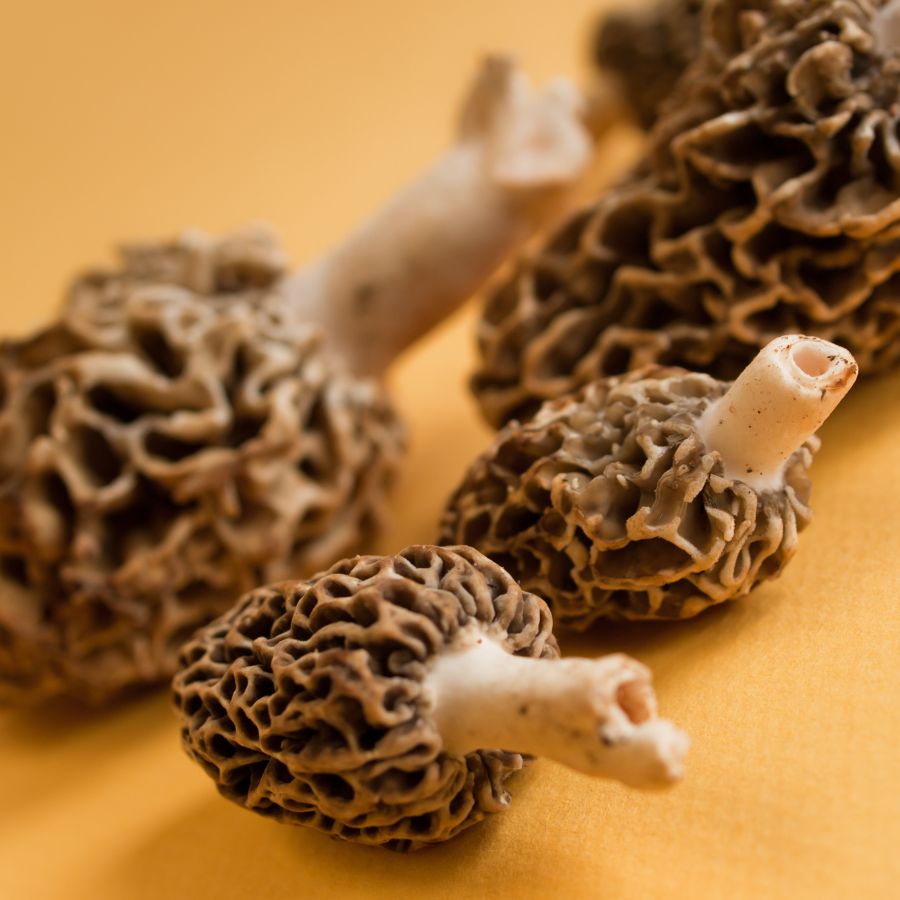
Some valuable forageables only show up for a short time each year, grow in hard-to-reach areas, or are very difficult to cultivate. That kind of rarity makes them harder to find and more expensive to buy.
Morels, truffles, and ramps are all good examples of this. They’re popular, but limited access and short growing seasons mean people are often willing to pay more.
A good seasonal foods guide can help you keep track of when high-value items appear.
High-End Dishes Boost the Value of Ingredients
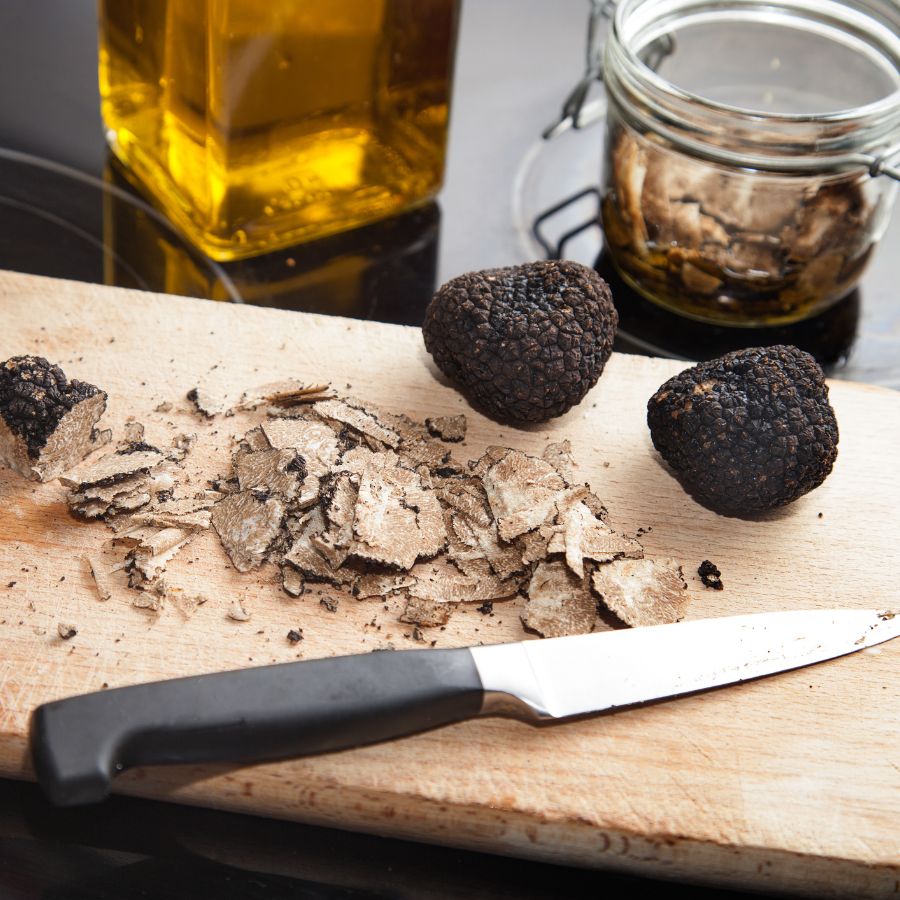
Wild ingredients that are hard to find in stores often catch the attention of chefs and home cooks. When something unique adds flavor or flair to a dish, it quickly becomes more valuable.
Truffles, wild leeks, and edible flowers are prized for how they taste and look on a plate. As more people try to include them in special meals, the demand—and the price—tends to rise.
You’ll find many of these among easy-to-identify wild mushrooms or herbs featured in fine dining.
Medicinal and Practical Uses Drive Forageable Prices Up
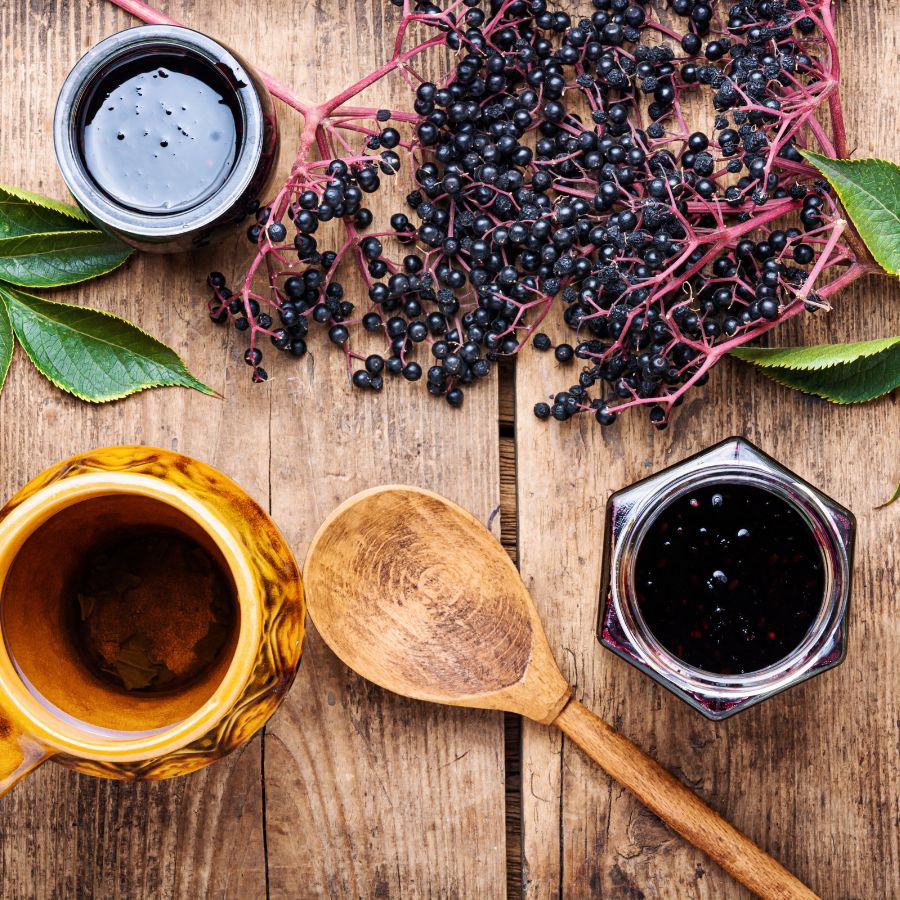
Plants like ginseng, goldenseal, and elderberries are often used in teas, tinctures, and home remedies. Their value comes from how they support wellness and are used repeatedly over time.
These plants are not just ingredients for cooking. Because people turn to them for ongoing use, the demand stays steady and the price stays high.
The More Work It Takes to Harvest, the More It’s Worth
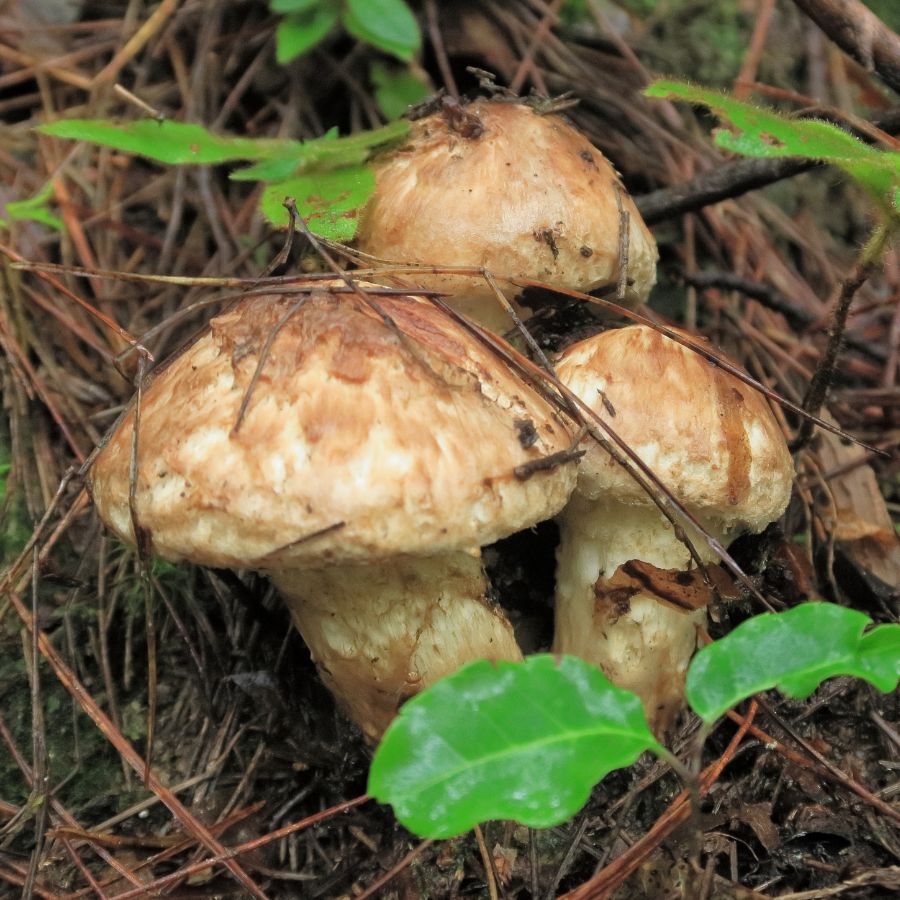
Forageables that are hard to reach or tricky to harvest often end up being more valuable. Some grow in dense forests, need careful digging, or have to be cleaned and prepared before use.
Matsutake mushrooms are a good example, because they grow in specific forest conditions and are hard to spot under layers of leaf litter. Wild ginger and black walnuts, meanwhile, both require extra steps for cleaning and preparation before they can be used or sold.
All of that takes time, effort, and experience. When something takes real work to gather safely, buyers are usually willing to pay more for it.
Foods That Keep Well Are More Valuable to Buyers
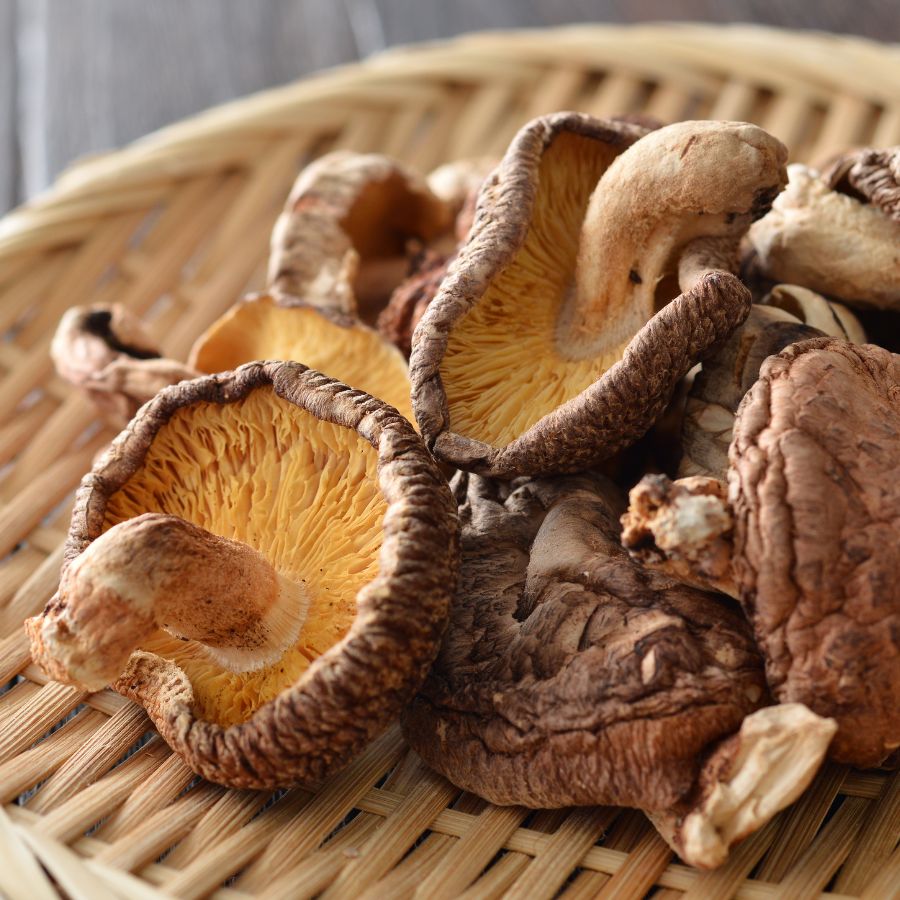
Some forageables, like dried morels or elderberries, can be stored for months without losing their value. These longer-lasting items are easier to sell and often bring in more money over time.
Others, like wild greens or edible flowers, have a short shelf life and need to be used quickly. Many easy-to-identify wild greens and herbs are best when fresh, but can be dried or preserved to extend their usefulness.
A Quick Reminder
Before we get into the specifics about where and how to find these mushrooms, we want to be clear that before ingesting any wild mushroom, it should be identified with 100% certainty as edible by someone qualified and experienced in mushroom identification, such as a professional mycologist or an expert forager. Misidentification of mushrooms can lead to serious illness or death.
All mushrooms have the potential to cause severe adverse reactions in certain individuals, even death. If you are consuming mushrooms, it is crucial to cook them thoroughly and properly and only eat a small portion to test for personal tolerance. Some people may have allergies or sensitivities to specific mushrooms, even if they are considered safe for others.
The information provided in this article is for general informational and educational purposes only. Foraging for wild mushrooms involves inherent risks.
Foraging Mistakes That Cost You Big Bucks
When you’re foraging for high-value plants, mushrooms, or other wild ingredients, every decision matters. Whether you’re selling at a farmers market or stocking your own pantry, simple mistakes can make your harvest less valuable or even completely worthless.
Harvesting at the Wrong Time
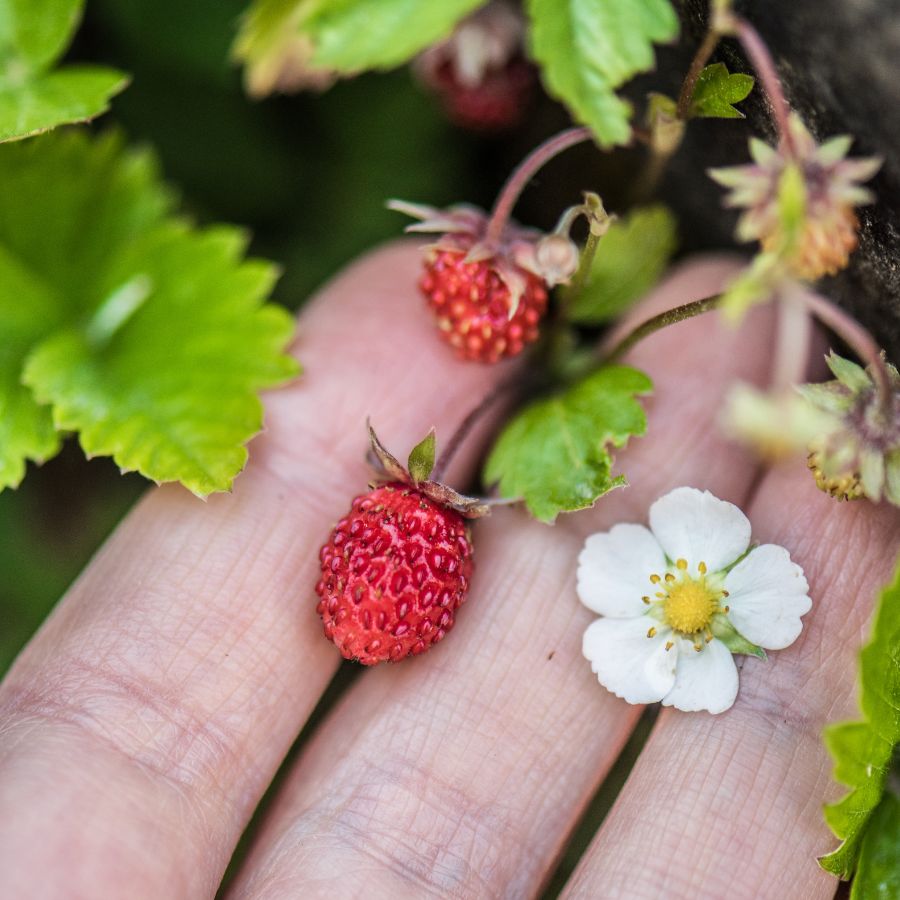
Harvesting at the wrong time can turn a valuable find into something no one wants. Plants and mushrooms have a short window when they’re at their best, and missing it means losing quality.
Morels, for example, shrink and dry out quickly once they mature, which lowers their weight and price. Overripe berries bruise in the basket and spoil fast, making them hard to store or sell.
Improper Handling After Harvest
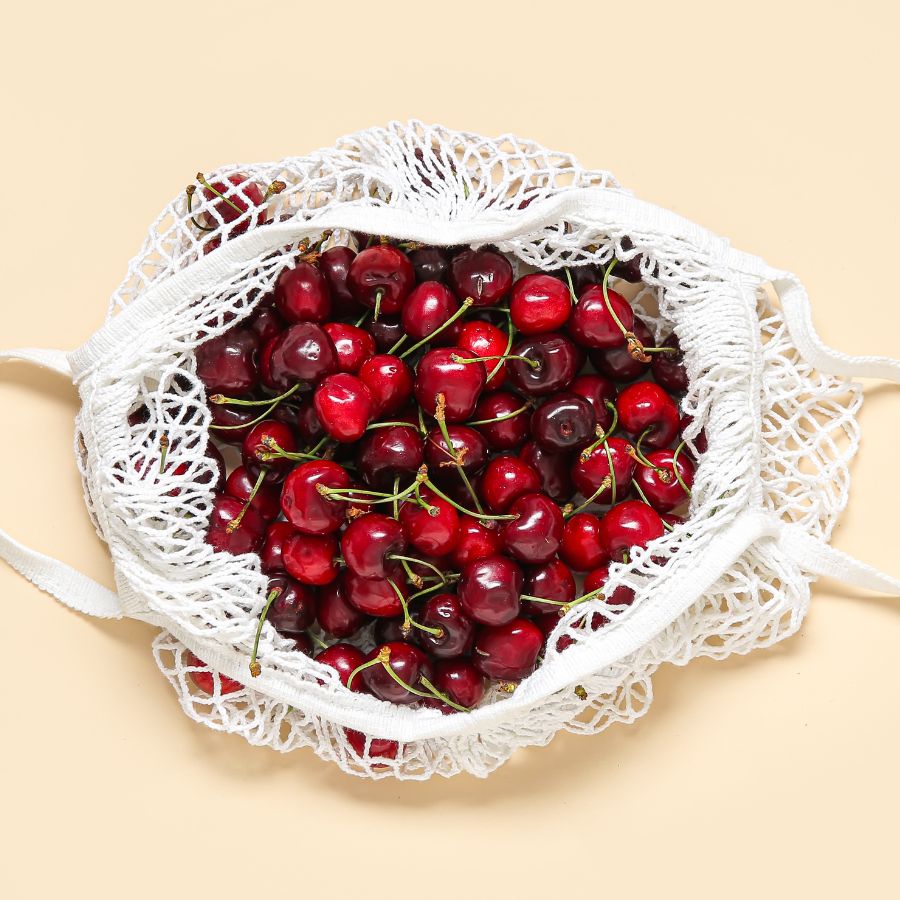
Rough handling can ruin even the most valuable forageables. Crushed mushrooms, wilted greens, and dirty roots lose both their appeal and their price.
Use baskets or mesh bags to keep things from getting smashed and let air circulate. Keeping everything cool and clean helps your harvest stay fresh and look better for longer.
This is especially important for delicate items like wild roots and tubers that need to stay clean and intact.
Skipping Processing Steps
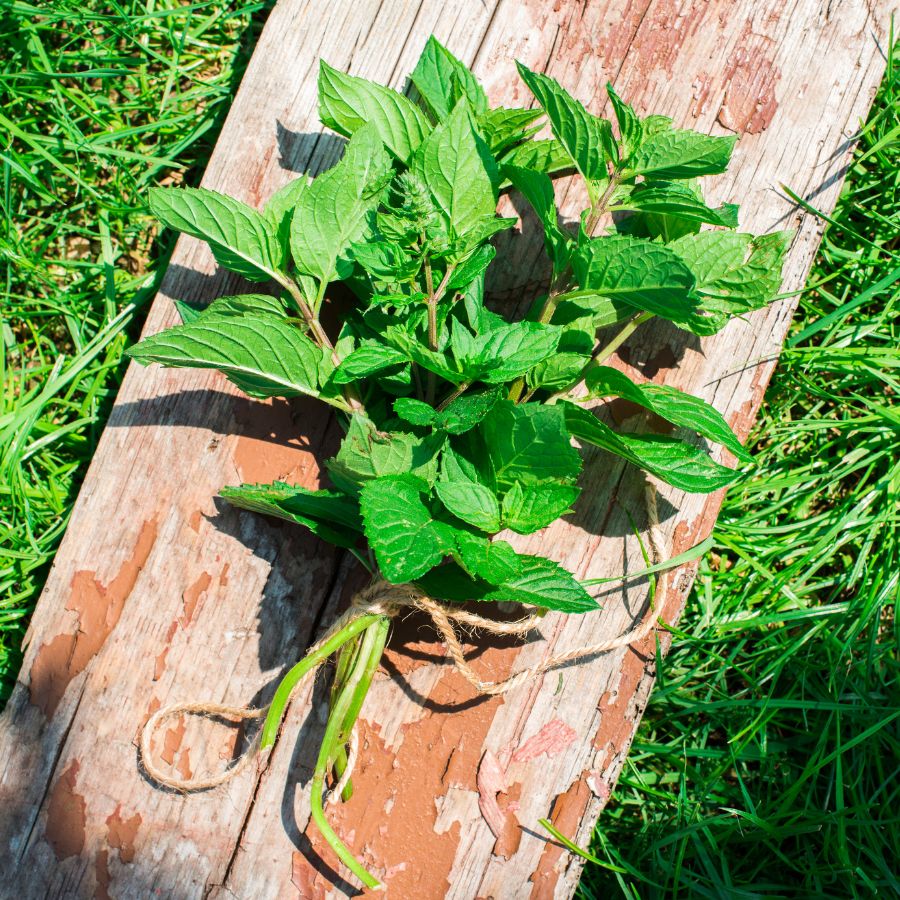
Skipping basic processing steps can cost you money. A raw harvest may look messy, spoil faster, or be harder to use.
For example, chaga is much more valuable when dried and cut properly. Herbs like wild mint or nettle often sell better when bundled neatly or partially dried. If you skip these steps, you may end up with something that looks unappealing or spoils quickly.
Collecting from the Wrong Area
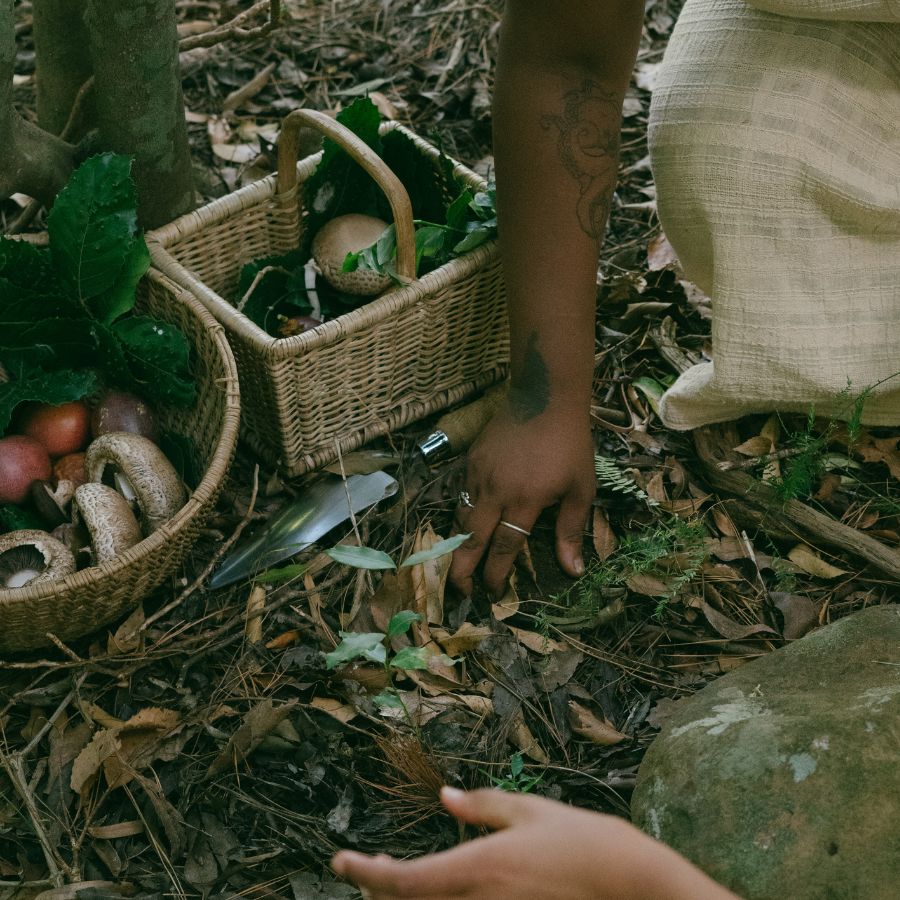
Harvesting in the wrong place can ruin a good find. Plants and mushrooms pulled from roadsides or polluted ground may be unsafe, no matter how fresh they look.
Buyers want to know their food comes from clean, responsible sources. If a spot is known for overharvesting or damage, it can make the whole batch less appealing.
These suburbia foraging tips can help you find overlooked spots that are surprisingly safe and productive.
Not Knowing the Market
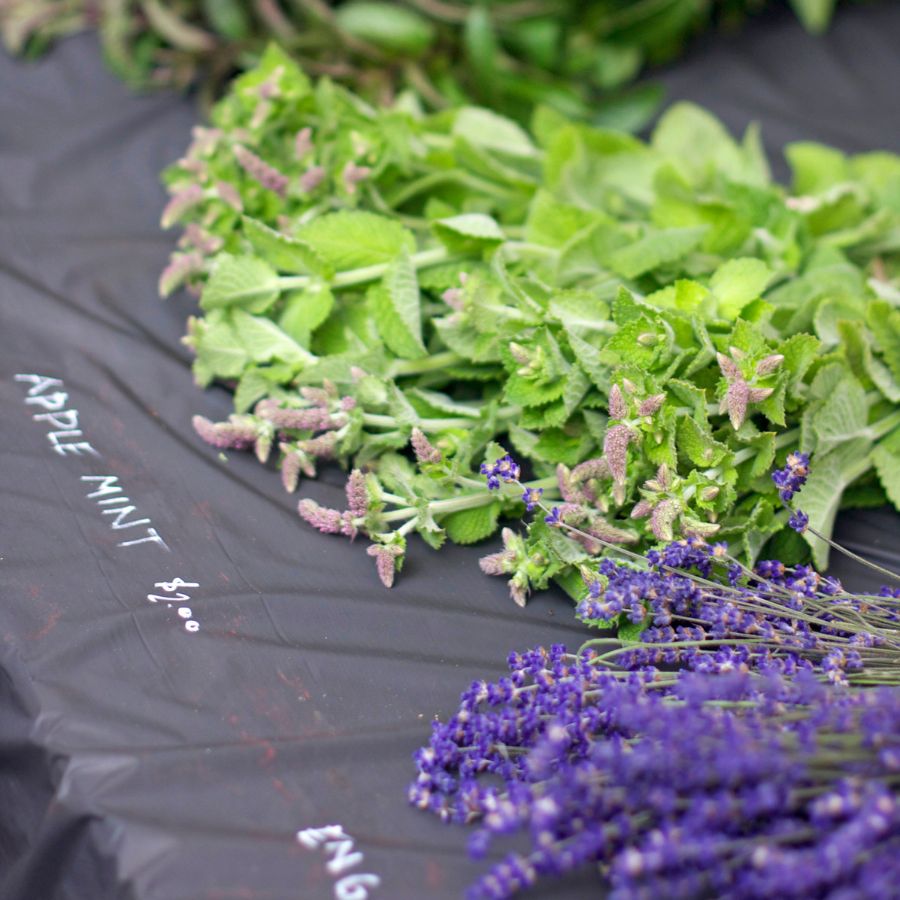
A rare plant isn’t valuable if nobody wants to buy it. If you gather in-demand species like wild ramps or black trumpets, you’re more likely to make a profit. Pay attention to what chefs, herbalists, or vendors are actually looking for.
Foraging with no plan leads to wasted effort and unsold stock. Keeping up with demand helps you bring home a profit instead of a pile of leftovers.
You can also brush up on foraging for survival strategies to identify the most versatile and useful wild foods.
Before you head out
Before embarking on any foraging activities, it is essential to understand and follow local laws and guidelines. Always confirm that you have permission to access any land and obtain permission from landowners if you are foraging on private property. Trespassing or foraging without permission is illegal and disrespectful.
For public lands, familiarize yourself with the foraging regulations, as some areas may restrict or prohibit the collection of mushrooms or other wild foods. These regulations and laws are frequently changing so always verify them before heading out to hunt. What we have listed below may be out of date and inaccurate as a result.
The Most Valuable Forageables in the State
Some of the most sought-after wild plants and fungi here can be surprisingly valuable. Whether you’re foraging for profit or personal use, these are the ones worth paying attention to:
Fireweed (Chamerion angustifolium)
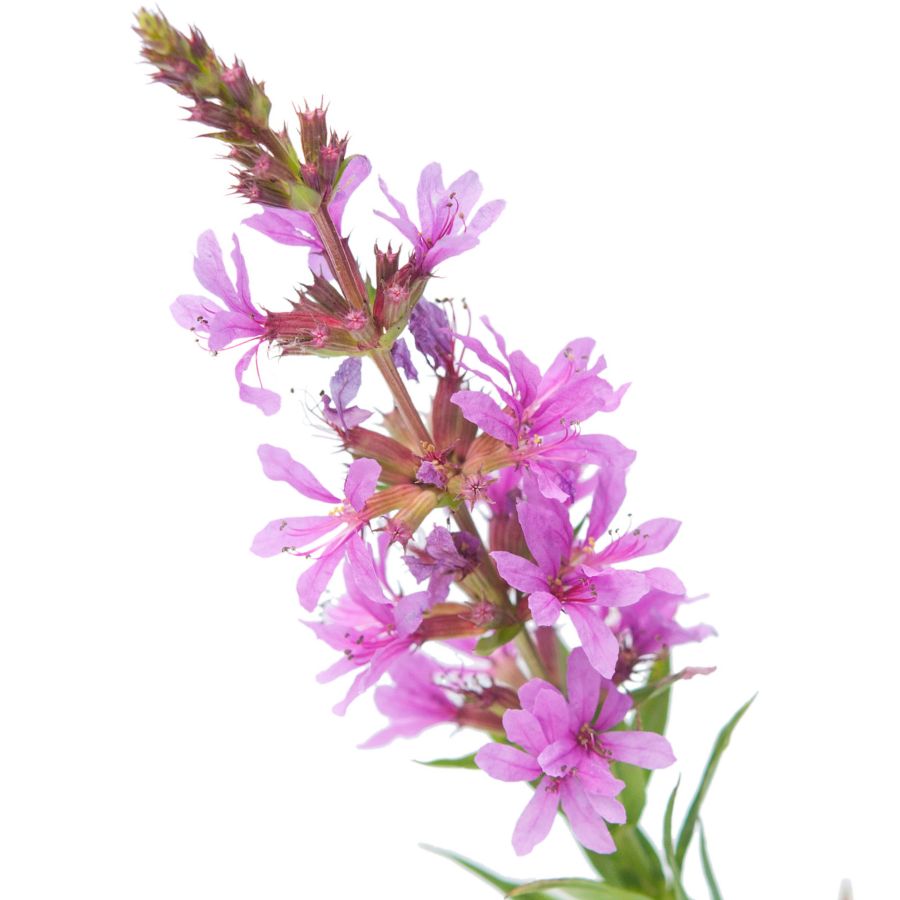
Fireweed has tall stems topped with bright pink flowers and narrow leaves that spiral around the stalk, and the young parts of the plant are edible. People usually harvest the shoots, leaves, and flowers, which are the best-tasting and easiest to prepare.
The shoots can be steamed, sautéed, or even pickled, while the flowers make colorful additions to salads or preserves. The leaves work well fresh in salads or dried for herbal teas.
Some inedible plants like fireweed spurge have vaguely similar flower clusters, but they differ in leaf shape and growth pattern. Fireweed has long, smooth leaves and grows in a clear vertical line without much branching.
It doesn’t sell for high prices, but it’s valued by foragers for how much you can harvest from a single plant. Skip the lower, tougher stems, which tend to be fibrous and unpleasant to chew.
Cloudberry (Rubus chamaemorus)

The cloudberry is a soft amber fruit that grows low to the ground, usually on a single stalk above deeply veined leaves. Each plant produces just one berry, which looks like a golden raspberry but has a looser, more delicate texture.
Its tart-sweet flavor is balanced and rich, making it popular for jams, jellies, and syrups. You can eat the berry raw, but it’s most often cooked or preserved because it bruises easily.
There are a few plants that resemble the cloudberry, including unripe raspberries or certain cinquefoils, but those don’t produce the same juicy fruit or the same leaf pattern. If you’re not sure, look for the leathery, rounded leaves and the solitary fruit.
Only the berry is edible; the leaves and stem aren’t used in cooking or food preparation. The fruit is highly valued in northern regions and can sell for up to $30 per pound when harvested fresh.
Bog Blueberry (Vaccinium uliginosum)
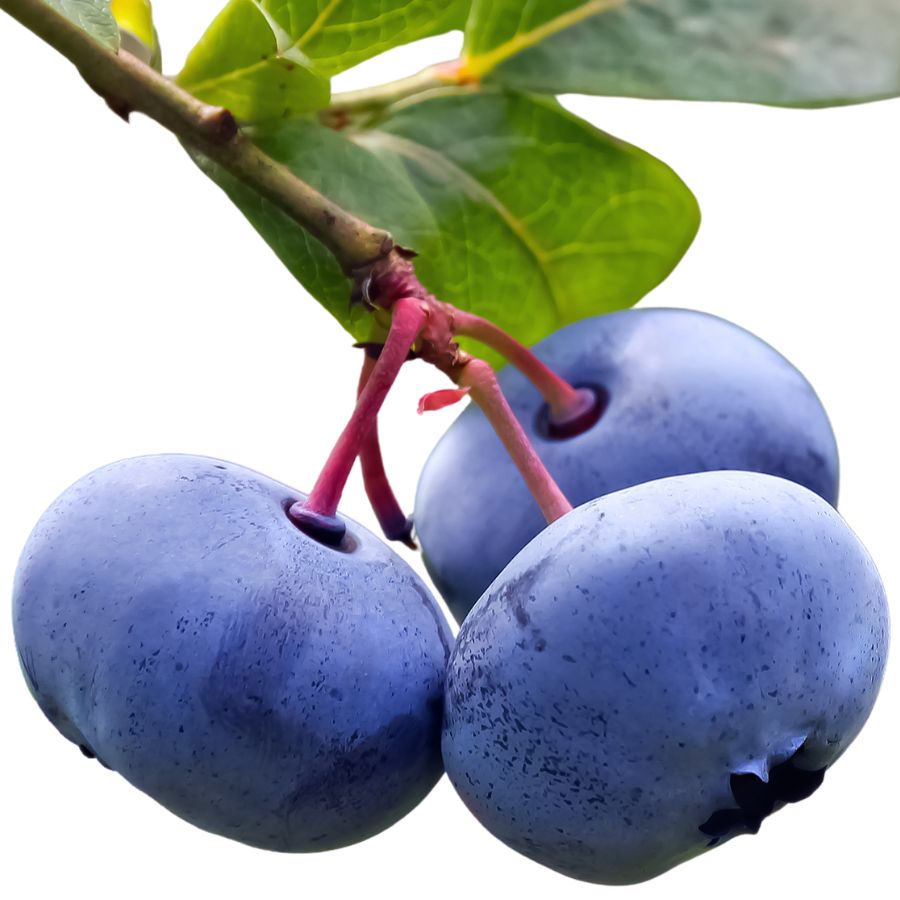
Bog blueberry produces small, round berries with a light bluish-gray skin and dull green leaves that have smooth edges. The berries are soft, slightly sweet, and edible raw or cooked.
What sets them apart from similar-looking plants like black crowberry is the texture and flavor—the lookalikes are firmer and often bland or resinous. The leaves of bog blueberry are also less leathery than those of bearberry.
The berries are often used in muffins, syrups, or dried for later use, and they mash easily into spreads or sauces. They aren’t overly sweet, which makes them good for pairing with honey or sugar in desserts.
Only the fruit is eaten; the rest of the plant doesn’t serve any food purpose. While not widely sold, they’re valued in local foraging circles and sometimes turned into artisanal products that raise their price per pound.
Lingonberry (Vaccinium vitis-idaea)
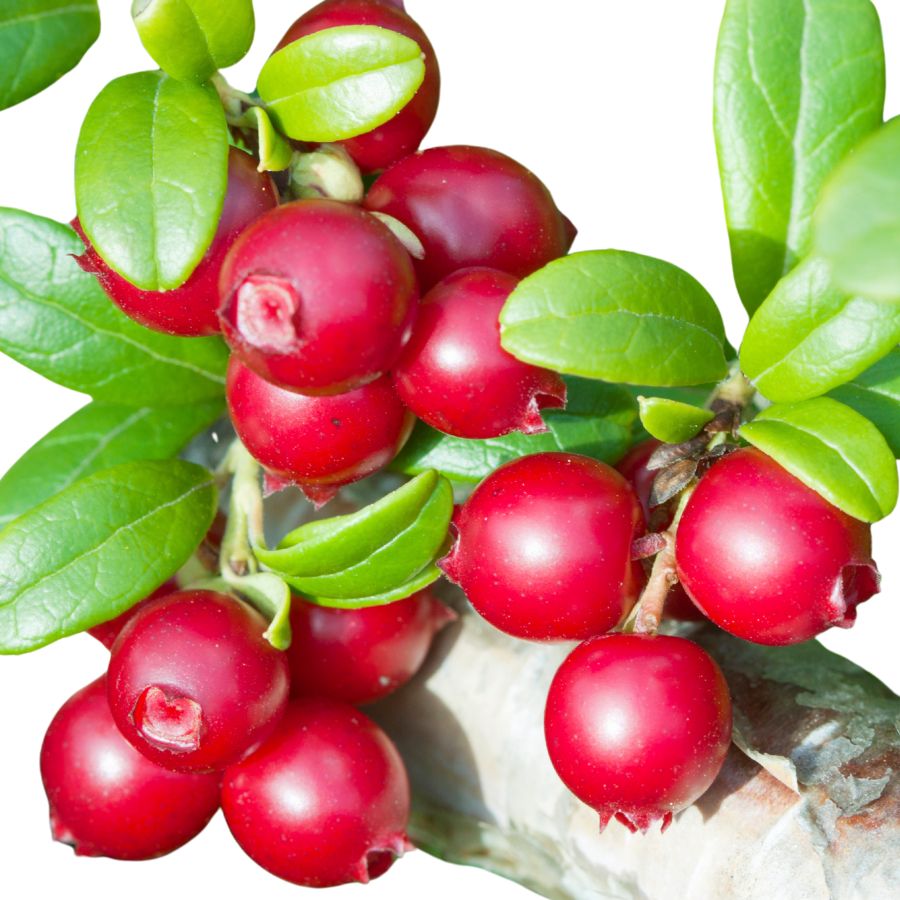
Lingonberries are small red fruits that grow on low, woody shrubs with leathery, oval leaves that have a slightly glossy upper surface and paler undersides. The berries are edible and have a tart, cranberry-like flavor with a firm, juicy texture.
You can eat them raw, but they’re more often turned into jam, syrup, or compote because of their sharp taste. Lingonberry preserves are especially popular in Scandinavian cooking and fetch decent prices in specialty markets.
The leaves are not edible, and you should avoid eating any similar-looking red berries growing on tall shrubs or vines, which often belong to toxic species. Partridgeberry is one lookalike, but its fruit is duller and grows in pairs rather than clusters.
These berries are valued not just for their taste but for their long shelf life when preserved. They hold their shape and color well, making them appealing in high-end dishes and desserts.
Salmonberry (Rubus spectabilis)
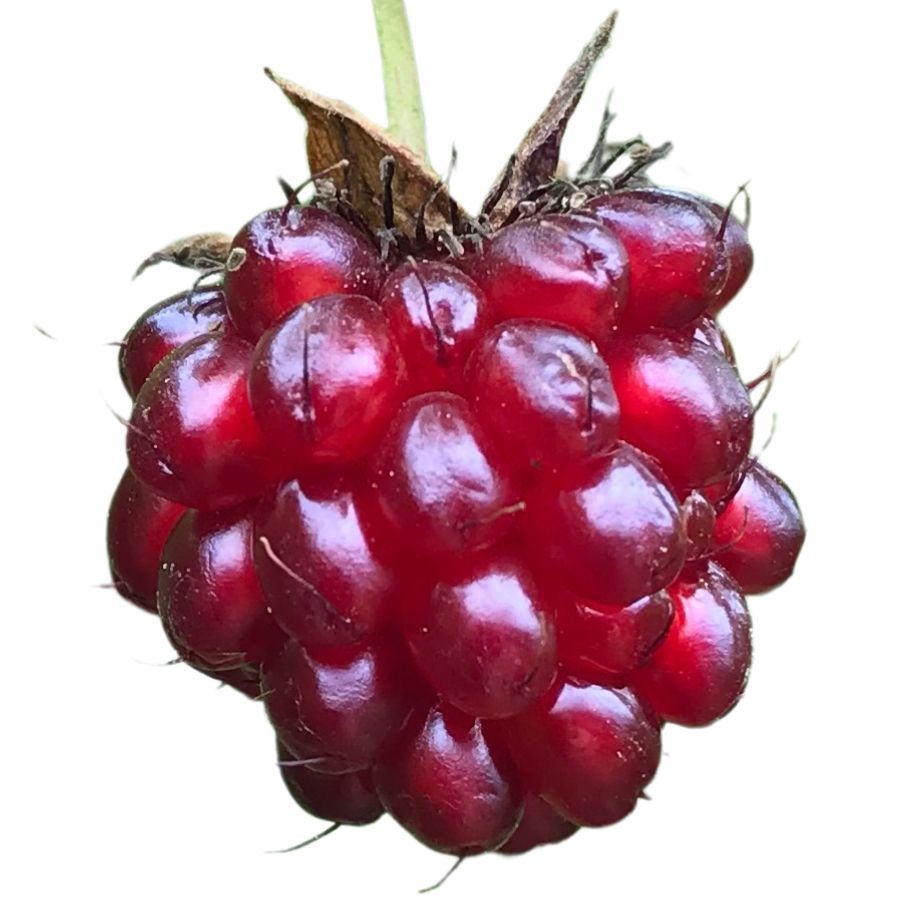
Salmonberry produces soft, hollow fruits that look a bit like raspberries, but they’re usually brighter and smoother. These berries are edible raw and have a mildly sweet or even slightly tart flavor depending on the plant.
The edible parts include the berries and young spring shoots, which can be eaten raw or cooked lightly like asparagus. People often turn the berries into fresh preserves or mix them into desserts.
It can be confused with thimbleberry, which has flatter fruits and fuzzier leaves, or red raspberry, which tends to be smaller and more seedy. None are harmful, but salmonberry is generally less sweet and more watery.
While it doesn’t have high market value due to its delicate structure, salmonberry is valued for its local culinary use and cultural significance in many coastal communities. It’s also interesting that some indigenous groups traditionally used the berries with dried salmon roe for unique dishes.
Arctic Raspberry (Rubus arcticus)

Arctic raspberries are soft, red, and packed with a rich, floral sweetness that makes them popular in preserves and liqueurs. Only the berries are edible, while the rest of the plant is typically left alone.
People value them not just for their flavor but also because they’re harder to find in large quantities, which drives up their market value.
Some low-growing berries like cloudberry or certain wild strawberry hybrids may look similar, but differences in leaf shape and flower color help tell them apart. Arctic raspberry leaves are more sharply lobed and have a slightly hairy surface.
The berries are sometimes used in upscale food products and fetch high prices in gourmet markets. Their delicate texture makes them better suited for gentle processing like jam or compote rather than drying or freezing.
Crowberry (Empetrum nigrum)
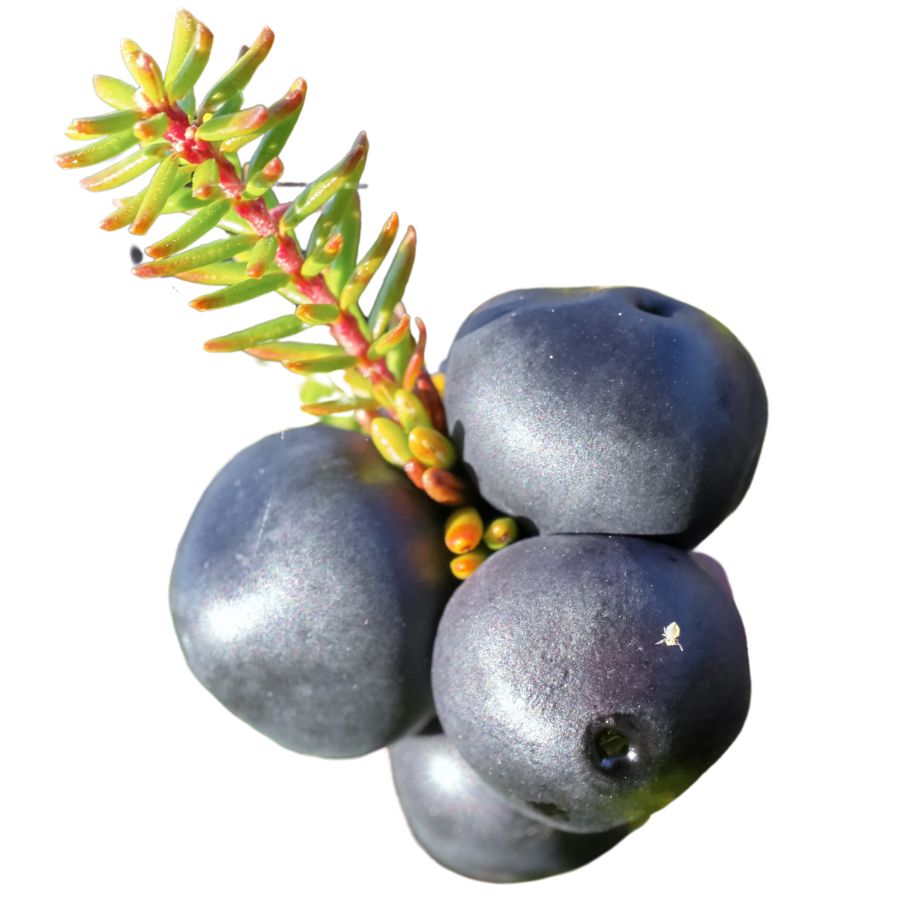
The crowberry plant produces small, glossy black berries that grow close to the ground among mats of short, spiky leaves. The fruit is edible and usually cooked or sweetened since it can taste bland or a little resinous when raw.
It’s used in sauces, syrups, or mixed with sweeter berries in jams. The leaves, stems, and roots aren’t edible.
Crowberries have been used in traditional diets in northern areas, especially where other fruits are harder to grow. It’s not high in market value, but it can be a dependable local food source.
If you’re unsure about identification, don’t confuse crowberry with bog laurel, which has similar leaves but is toxic and has no berries. Crowberry’s small black fruit and creeping growth habit help set it apart.
Seaside Sandplant (Honckenya peploides)
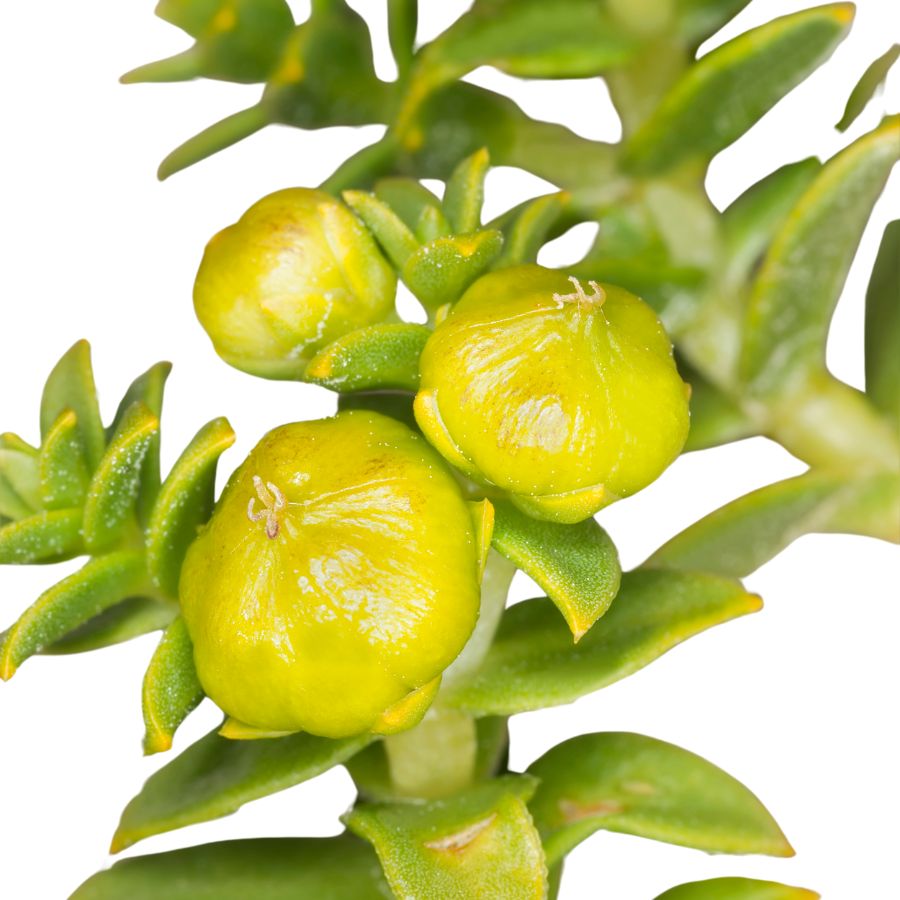
Seaside sandplant, also called beach greens or sea sandwort, grows low to the ground with fleshy, bright green leaves and thick stems. The leaves are edible raw or cooked, with a mildly salty, spinach-like flavor and a crisp bite.
You can boil or steam the leaves like other leafy greens, or toss them fresh into salads for texture. The plant is rich in minerals, making it especially useful in traditional coastal diets.
Its small star-shaped white flowers grow between the tightly packed leaf clusters. A common lookalike is sea rocket, which has a similar fleshy growth habit but a more bitter, peppery taste and different leaf structure.
Only the leaves and tender stems should be eaten; avoid the roots and older woody parts. It isn’t commercially cultivated, but its high nutrient content and coastal resilience give it potential value in food security research.
Sweetgale (Myrica gale)
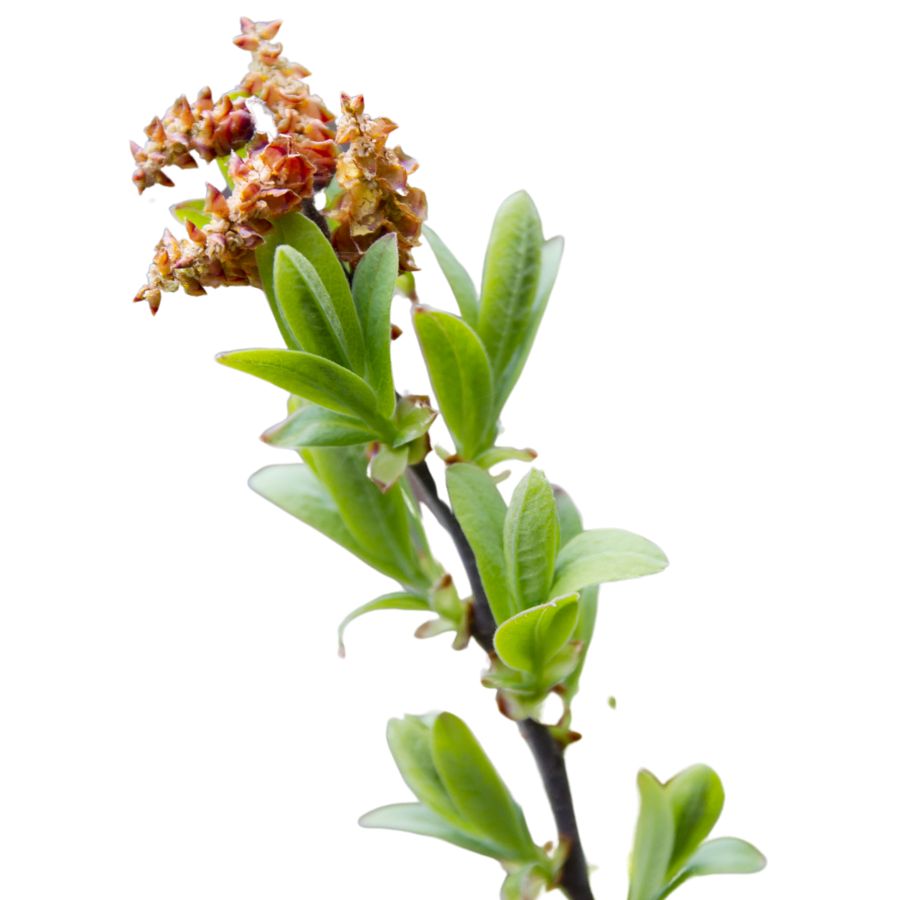
Sweetgale, also called bog myrtle or Dutch myrtle, is a small shrub with narrow, waxy leaves and tiny cone-like catkins that grow along its branches. The leaves give off a strong, spicy scent when crushed, which makes the plant easy to tell apart from other shrubs like willow or alder that share its habitat but lack the same resinous smell.
The leaves are the main edible part and have been used to flavor food and beverages, especially in traditional northern European recipes. Their flavor is aromatic and peppery with a slightly bitter edge, similar to bay leaves but more intense.
You can steep the leaves in hot water for a strong herbal tea or use them sparingly to season soups and stews. Drying the leaves is the most common way to preserve them, and just a pinch goes a long way in cooking.
Avoid using the seeds or large quantities of the plant, as high doses may cause stomach upset. Sweetgale isn’t widely sold in stores, but foragers sometimes sell the dried leaves online or at specialty markets for around $10 to $20 per ounce due to its strong culinary punch and niche appeal.
Prickly Wild Rose (Rosa acicularis)
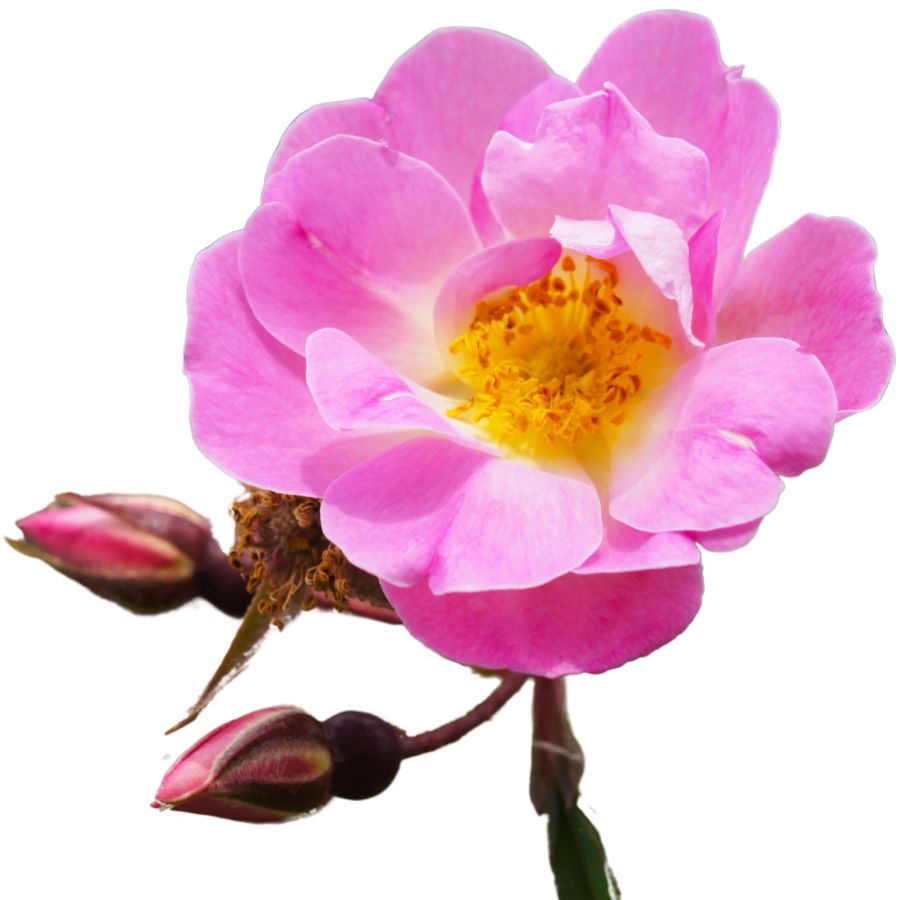
Prickly wild rose grows with thin, arching stems covered in fine, straight thorns and compound leaves with toothed edges. It produces soft pink flowers that later form into bright red hips about the size of a marble.
The hips are edible, but the seeds inside are coated in irritating hairs, so they need to be removed before you eat or cook with them. You can dry the hips for tea, cook them down into jam, or simmer them into syrup.
The flavor is tangy, like a mild cranberry, and the texture is dense and mealy when raw. The petals can be eaten fresh or dried, but the leaves, stems, and roots are not consumed.
Although prickly wild rose isn’t widely harvested for sale, it’s valued in homesteading and foraging circles for its nutrients and simple preparation. Some vendors sell dried hips or powder at a modest price, mostly for health or herbal uses.
Stinging Nettle (Urtica dioica)

Stinging nettle, also called burn nettle or common nettle, is a leafy green covered in tiny needle-like hairs that deliver a sting. These hairs can irritate your skin, but cooking the plant completely removes that problem.
Only the top few inches of the plant are harvested for food, usually while the stems are still tender. After boiling or steaming, the leaves taste mildly herbal and have a texture similar to cooked kale.
It’s easy to confuse stinging nettle with lookalikes like wood nettle or false nettle, but the key difference is how aggressively stinging nettle reacts when touched. If you brush against it and feel a sharp tingling burn, it’s the real thing.
Fresh nettles are sold at some farmers markets and herb shops, though their value mostly comes from their nutritional punch and culinary versatility. They’re often used in soups, pestos, and green purées where other leafy greens might wilt too quickly.
Lamb’s Quarters (Chenopodium album)
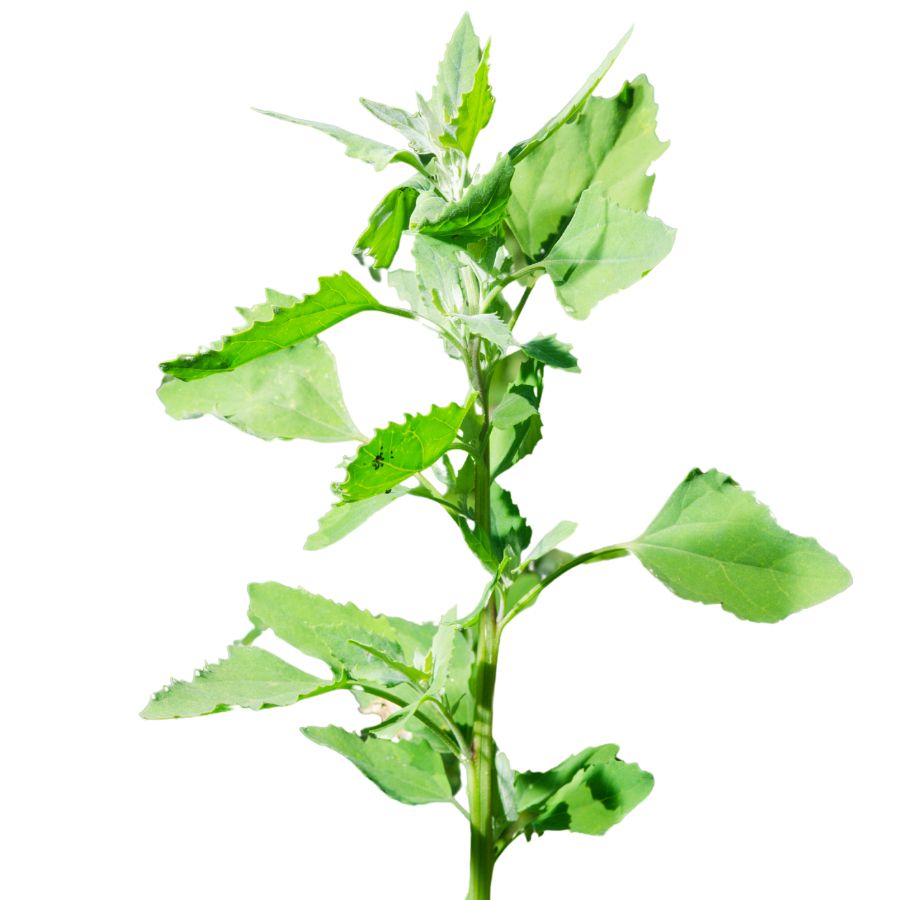
Lamb’s quarters has soft, gray-green leaves that are shaped like goose feet and often carry a light powdery coating. You can eat the young leaves and tender shoots raw or cooked, but the seeds are also edible if prepared properly.
The leaves have a mild, spinach-like flavor and are often sautéed or tossed into soups and stews. While the plant is nutritious, with high levels of vitamins A and C, it also contains oxalates, so it’s best not to overdo it.
Some of the lookalikes include epazote and young pigweed, but lamb’s quarters usually has a whitish bloom on the underside of its leaves. It grows in disturbed soils and gardens, often right alongside crops.
Its seeds have been used as a grain and are rich in protein, though collecting them is time-consuming. The plant itself isn’t sold at high prices, but it’s valuable as a free, nutrient-dense green.
Alpine Sweetvetch (Hedysarum alpinum)
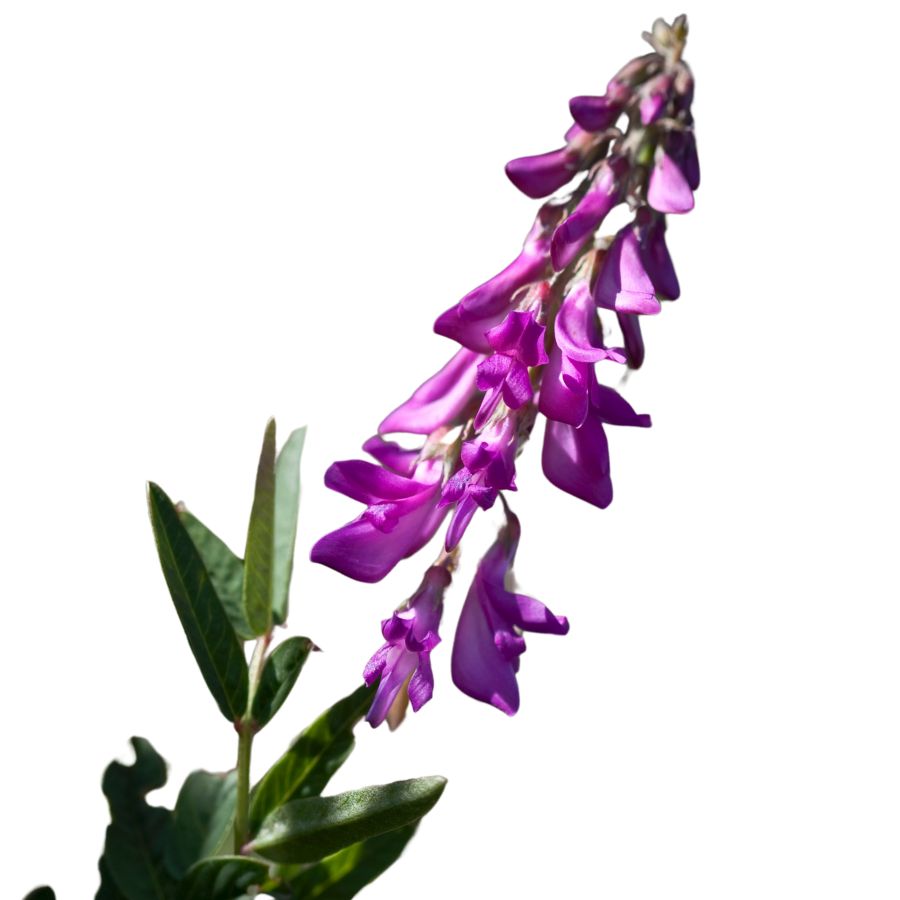
Alpine sweetvetch, also called licorice root or wild potato, produces deep taproots that are edible and often dug up for roasting or boiling. The roots have a dry, nutty flavor and a texture similar to a cooked turnip.
This plant has pea-like flowers and compound leaves, and the roots are the only part considered safe to eat. Its seeds and pods should be avoided, as they are not eaten and may cause digestive issues.
Wild sweetpea is one plant that looks like alpine sweetvetch but is toxic; the difference is in the root structure and the more slender, fragile look of the sweetpea plant. Always check the thickness and shape of the root before harvesting.
While you won’t usually find it in stores, alpine sweetvetch is valuable to foragers in Alaska and northern Canada. The roots were long used as a food staple, and they store well in cool conditions.
Morel (Morchella spp.)
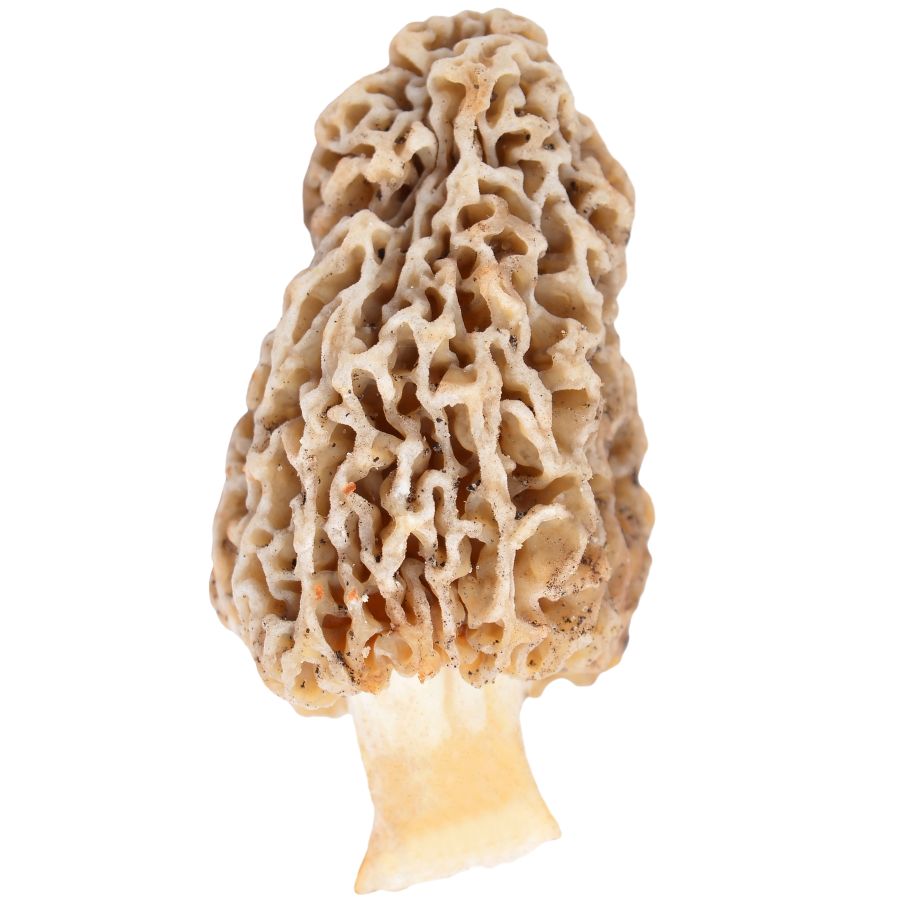
Morel mushrooms have a honeycomb-like surface with deep pits and ridges. The cap is fully attached to the stem, which helps set them apart from dangerous lookalikes like false morels that often have wrinkled, lobed caps and loose or cottony interiors.
The rich, nutty flavor and slightly chewy texture make morels a favorite in high-end kitchens. Many people sauté them in butter, stuff them, or dry them for later use because they hold their flavor extremely well.
Always cook morels thoroughly because raw ones can cause stomach upset, even when they look perfectly normal.
Morels are highly prized by chefs and home cooks, sometimes selling for over $50 per pound fresh and even more when dried.
Part of what makes morels so valuable is how hard they are to cultivate and find. They often grow in specific, unpredictable places, and their short harvesting window drives up both the demand and the price.
Porcini (Boletus edulis)
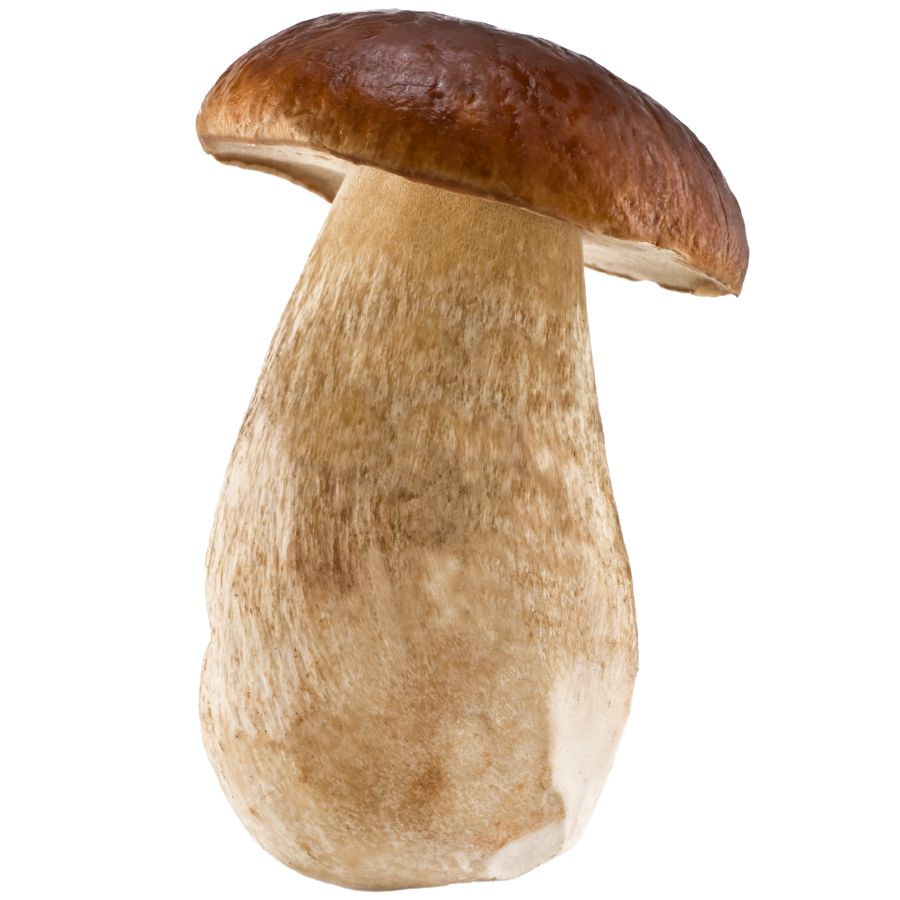
Porcini mushrooms, also called king boletes and penny buns, have thick, creamy-colored stalks and broad brown caps that feel slightly sticky when damp. The spongy layer under the cap is made of tiny pores instead of gills, which helps set them apart from inedible lookalikes like the bitter bolete.
The flavor is rich, nutty, and meaty, making porcini a favorite for sautés, risottos, soups, and pasta dishes. Their firm texture holds up well when dried, and dried porcini are often ground into powders or rehydrated to add deep flavor to broths and sauces.
You can safely eat the cap and the upper part of the stalk, but it is a good idea to trim off any woody or tough lower portions before cooking. A quick check for tiny holes or tunneling is important too, because insects are drawn to porcini and can burrow inside without leaving much visible damage.
Wild porcini are highly valued because they are difficult to cultivate commercially, and foragers often find them in remote forest areas, which adds to their scarcity. High-quality dried porcini can sell for $30 to $60 per pound, with fresh specimens commanding even higher prices when they appear on fine dining menus.
Hedgehog Mushroom (Hydnum repandum)
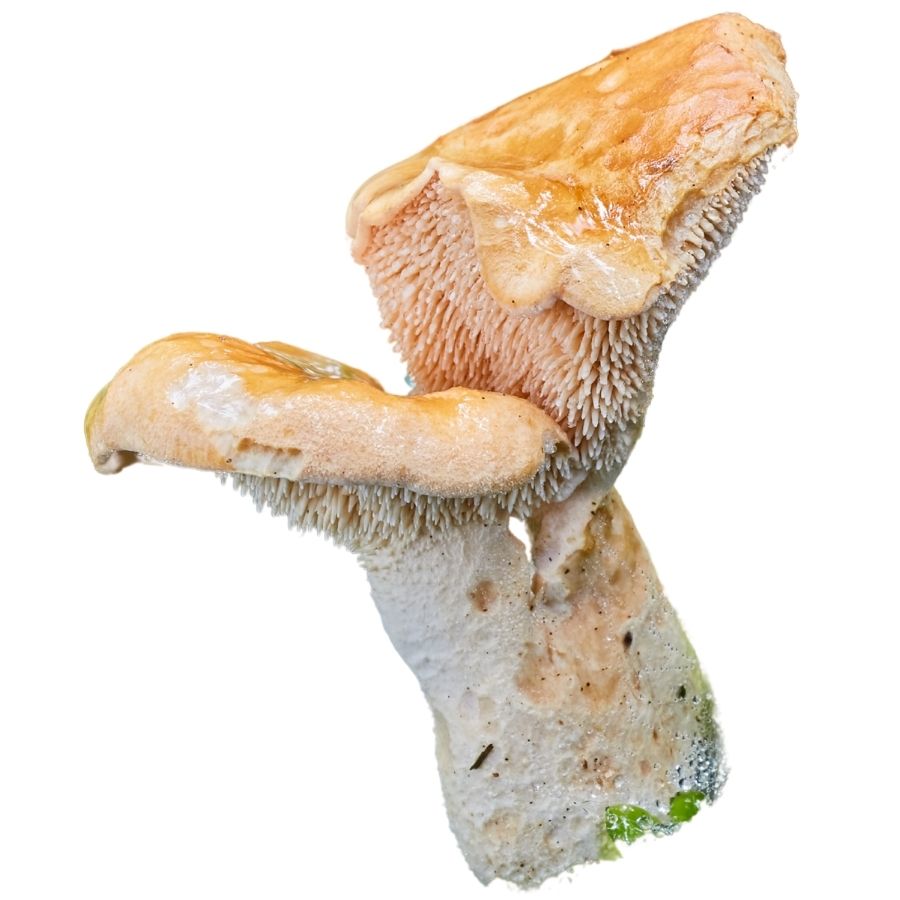
The hedgehog mushroom has a solid, fleshy cap that ranges from off-white to apricot, and its underside is covered in soft, toothlike spines instead of gills. These spines make it easy to separate from any dangerous lookalikes, since toxic mushrooms rarely have that feature.
Its flavor is slightly nutty and sweet, with a firm bite that doesn’t turn slimy when cooked. You can sauté it, add it to pasta or risotto, or even pickle it if you want to preserve some for later.
While the entire mushroom is technically edible, the tough lower end of the stem is usually trimmed off before cooking. Some people remove the spines if they’re very mature and starting to shed.
These mushrooms dry well for storage and retain most of their flavor when rehydrated. While not considered highly valuable commercially, they’re popular with foragers and chefs who enjoy their clean taste and versatility.
Chanterelle (Cantharellus cibarius)
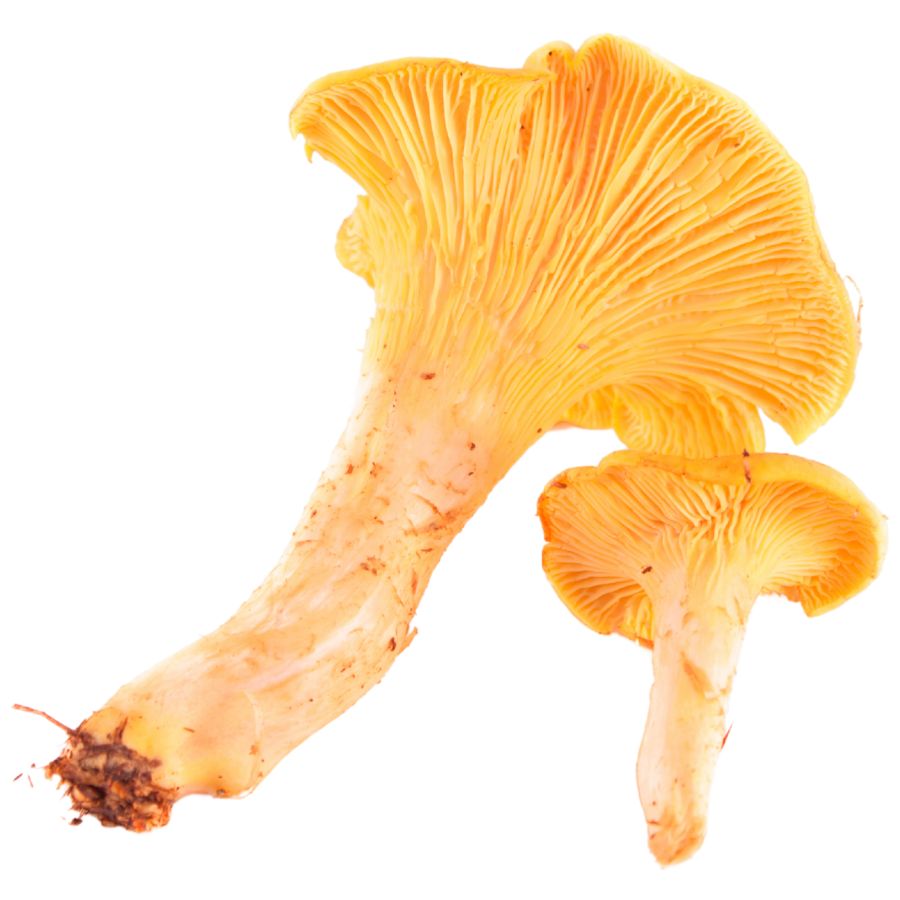
Golden chanterelles, also called egg mushrooms or girolles, are funnel-shaped and usually a bright yellow-orange with false gills that appear as deep, forked wrinkles. They have a fruity smell, almost like apricots, and a dense, meaty texture when cooked.
The part you want is the whole cap and stem, both of which soften nicely in butter or cream-based dishes. Their flavor is rich and peppery, which makes them popular in risottos, sautés, and soups.
A common lookalike is the jack-o’-lantern mushroom, which glows faintly in the dark and has true gills instead of shallow ridges. That one will give you stomach cramps, so pay close attention to the gill structure and color.
Fresh chanterelles can sell for over $20 per pound at farmers markets and restaurants, especially when demand is high. Their shelf life is short, but you can extend it by drying or pickling them soon after harvest.
Shaggy Mane (Coprinus comatus)
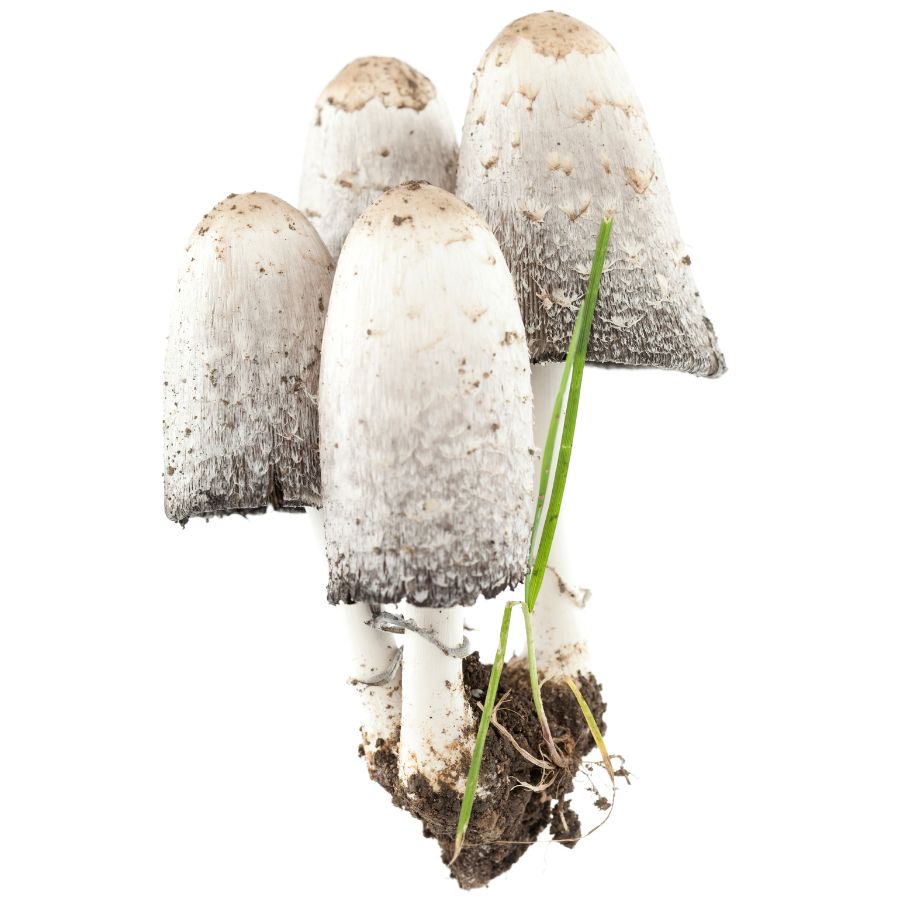
Shaggy mane mushrooms have tall, narrow caps covered in loose white scales that eventually melt into black liquid. When fresh and young, their caps are prized for their soft, silky texture and mild flavor.
They’re best cooked right after harvest—most people pan-fry them in butter or add them to creamy sauces where their subtle flavor can shine. Some people also freeze them pre-cooked to extend their usefulness, since raw ones don’t last long.
One thing to watch out for is the similar-looking common ink cap, which can cause digestive issues when combined with alcohol. You can tell them apart by looking at the cap’s surface—shaggy manes have more prominent scales and a more elongated shape.
They aren’t sold widely because they dissolve within hours of being picked, but they’re still a favorite among mushroom hunters. Even though their market value is low, their culinary value is high if you can get to them in time.
Where to Find Valuable Forageables in the State
Some parts of the state are better than others when it comes to finding valuable wild plants and mushrooms. Here are the different places where you’re most likely to have luck:
| Plant | Locations |
| Fireweed (Chamerion angustifolium) | – Wrangell–St. Elias National Park – Delta Junction State BLM Lands – Tangle Lakes Archaeological District |
| Cloudberry (Rubus chamaemorus) | – Selawik National Wildlife Refuge – Yukon Delta National Wildlife Refuge – Kanuti National Wildlife Refuge |
| Bog Blueberry (Vaccinium uliginosum) | – Noatak National Preserve – Gates of the Arctic National Park – White Mountains National Recreation Area |
| Lingonberry (Vaccinium vitis-idaea) | – Tetlin National Wildlife Refuge – Hatcher Pass Management Area – Matanuska State Park |
| Salmonberry (Rubus spectabilis) | – Kachemak Bay State Park – Portage Valley in Chugach National Forest – Settlers Cove State Recreation Site |
| Arctic Raspberry (Rubus arcticus) | – Denali National Park (northern slopes) – Kobuk Valley National Park – Granite Tors Trail Area (Chena River SRA) |
| Crowberry (Empetrum nigrum) | – Cape Krusenstern National Monument – Turnagain Pass – Eagle River Nature Center Trails |
| Seaside Sandplant (Honckenya peploides) | – Shuyak Island State Park – Sandspit Point State Marine Park – Seal Bay State Marine Park |
| Sweetgale (Myrica gale) | – Creamer’s Field Migratory Waterfowl Refuge – Palmer Hay Flats State Game Refuge – Mendenhall Wetlands State Game Refuge |
| Prickly Wild Rose (Rosa acicularis) | – Tok River State Recreation Site – Harding Lake State Recreation Area – Birch Lake State Recreation Site |
| Stinging Nettle (Urtica dioica) | – Pioneer Ridge Trailhead Area – Eagle Beach State Recreation Area – Far North Bicentennial Park |
| Lamb’s Quarters (Chenopodium album) | – Kincaid Park (Anchorage) – Nome Creek Valley (White Mountains NRA) – Tustumena Lake Access Sites |
| Alpine Sweetvetch (Hedysarum alpinum) | – Dalton Highway Corridor (public access pullouts) – Denali Highway alpine zones – Anaktuvuk Pass foothills |
| Morel (Morchella spp.) | – Post-fire forest edge zones south of Clear Air Force Station – Funny River burn scar (Kenai Peninsula) – Delta Junction wildfire regeneration sites |
| Porcini (Boletus edulis) | – Sitka spruce forest in Afognak Island State Park – Lowland forests in Juneau’s Perseverance Trail area – Russian River Valley (Kenai NF) |
| Hedgehog Mushroom (Hydnum repandum) | – Halibut Cove area in Kachemak Bay State Park – Baranof Island upland forest zones – Ward Lake Recreation Area (Ketchikan) |
| Chanterelle (Cantharellus cibarius) | – Starrigavan Recreation Area (Sitka) – Salmon Lake Trail (Prince of Wales Island) – Shelter Cove Trail (Revillagigedo Island) |
| Shaggy Mane (Coprinus comatus) | – Fairbanks Pioneer Park – Glenn Highway rest areas near Palmer – Tangle Lakes Campgrounds |
When to Forage for Maximum Value
Every valuable wild plant or mushroom has its season. Here’s a look at the best times for harvest:
| Plants | Valuable Parts | Best Harvest Season |
| Fireweed (Chamerion angustifolium) | – Young shoots – Leaves – Flowers | – Shoots: May – Leaves: June – Flowers: July–August |
| Cloudberry (Rubus chamaemorus) | – Berries | – Late July–August |
| Bog Blueberry (Vaccinium uliginosum) | – Berries | – Late July–September |
| Lingonberry (Vaccinium vitis-idaea) | – Berries | – August–October |
| Salmonberry (Rubus spectabilis) | – Berries | – June–July |
| Arctic Raspberry (Rubus arcticus) | – Berries | – Late July–August |
| Crowberry (Empetrum nigrum) | – Berries | – August–September |
| Seaside Sandplant (Honckenya peploides) | – Young leaves – Shoots | – May–June |
| Sweetgale (Myrica gale) | – Leaves – Catkins | – Leaves: June–August – Catkins: May–June |
| Prickly Wild Rose (Rosa acicularis) | – Young shoots – Petals – Rose hips | – Shoots: May – Petals: June – Hips: September |
| Stinging Nettle (Urtica dioica) | – Young leaves – Shoots | – May–June |
| Lamb’s Quarters (Chenopodium album) | – Leaves – Young stems | – June–August |
| Alpine Sweetvetch (Hedysarum alpinum) | – Roots | – Late August–early October |
| Morel (Morchella spp.) | – Whole fruiting bodies | – May–June |
| Porcini (Boletus edulis) | – Whole fruiting bodies | – July–September |
| Hedgehog Mushroom (Hydnum repandum) | – Whole fruiting bodies | – August–September |
| Chanterelle (Cantharellus cibarius) | – Whole fruiting bodies | – July–September |
| Shaggy Mane (Coprinus comatus) | – Whole fruiting bodies | – August–September |
One Final Disclaimer
The information provided in this article is for general informational and educational purposes only. Foraging for wild plants and mushrooms involves inherent risks. Some wild plants and mushrooms are toxic and can be easily mistaken for edible varieties.
Before ingesting anything, it should be identified with 100% certainty as edible by someone qualified and experienced in mushroom and plant identification, such as a professional mycologist or an expert forager. Misidentification can lead to serious illness or death.
All mushrooms and plants have the potential to cause severe adverse reactions in certain individuals, even death. If you are consuming foraged items, it is crucial to cook them thoroughly and properly and only eat a small portion to test for personal tolerance. Some people may have allergies or sensitivities to specific mushrooms and plants, even if they are considered safe for others.
Foraged items should always be fully cooked with proper instructions to ensure they are safe to eat. Many wild mushrooms and plants contain toxins and compounds that can be harmful if ingested.

